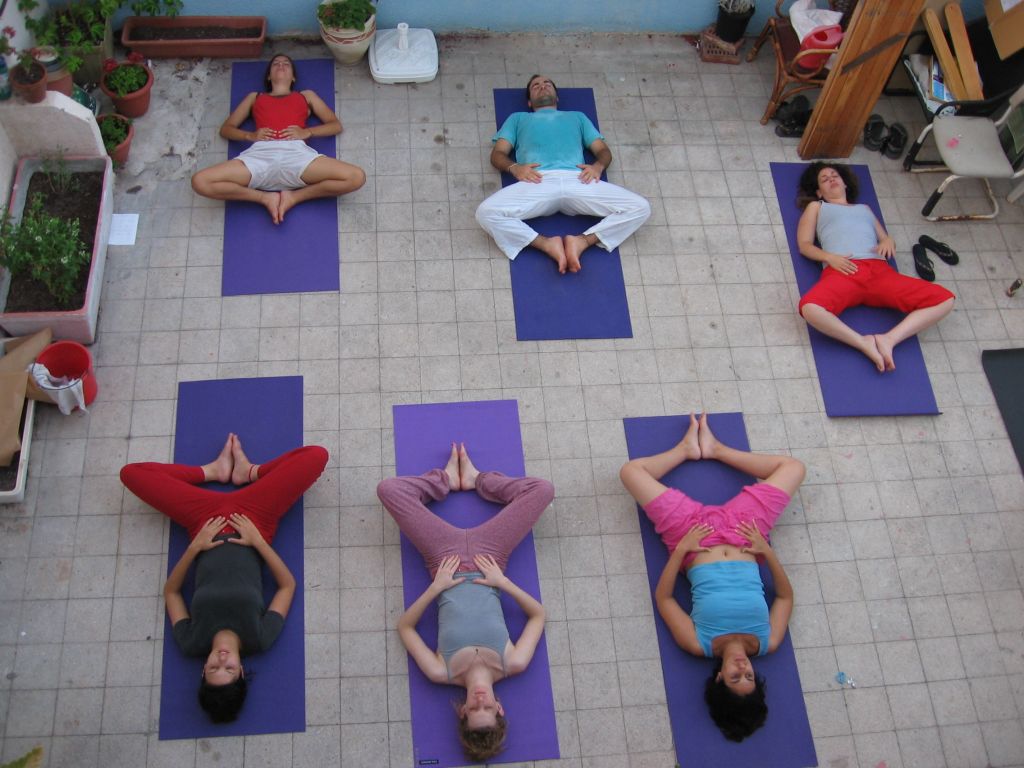Pain and anxiety are interconnected; it appears that persons who have chronic pain develop anxiety over time, because suffering from pain over time will bring on anxiety about that pain, if not about anything else. People who already have anxiety often suffer physical symptoms as a result--increases in heart rate, panic attacks, tension headaches, muscle tension...are all common in anxiety prone individuals.
How does that relate to Back Pain--the blog topic for this week? According to "Understanding and Conquering the Back Pain Cycle":
"Many times, there is a back pain cycle. If your back pain is severe, you are more likely to attempt to eliminate or relieve the pain by over adjusting. You may constantly be twisting, turning, walking and sitting in unnatural ways, that will eventually just lead to more back pain.
Just as anxiety increases back pain, your back pain may increase your anxiety level. Even if anxiety did not initially cause your pain, the anxiety contributes to your back pain cycle."
Some of the things that have been discussed in my earlier posts this week can help to break this malicious cycle. As far as managing back pain, good posture is one important way to achieve some control; exercise and stretching are also beneficial. Another great idea, which I have mentioned in this blog before is massage.
In addition to the above, there are things that can be done to combat the anxiety aspect of the problem. The web page I mention above recommends yoga, deep breathing exercises,
meditation and acupuncture treatments. I would go a little further and ask you to explore my prior posts for ideas. Some of my own thoughts include biofeedback, hypnosis, support groups, and pet therapy.
Sources: painmd.com, adaa.org,wikimedia
How does that relate to Back Pain--the blog topic for this week? According to "Understanding and Conquering the Back Pain Cycle":
"Many times, there is a back pain cycle. If your back pain is severe, you are more likely to attempt to eliminate or relieve the pain by over adjusting. You may constantly be twisting, turning, walking and sitting in unnatural ways, that will eventually just lead to more back pain.
Just as anxiety increases back pain, your back pain may increase your anxiety level. Even if anxiety did not initially cause your pain, the anxiety contributes to your back pain cycle."
Some of the things that have been discussed in my earlier posts this week can help to break this malicious cycle. As far as managing back pain, good posture is one important way to achieve some control; exercise and stretching are also beneficial. Another great idea, which I have mentioned in this blog before is massage.
In addition to the above, there are things that can be done to combat the anxiety aspect of the problem. The web page I mention above recommends yoga, deep breathing exercises,
meditation and acupuncture treatments. I would go a little further and ask you to explore my prior posts for ideas. Some of my own thoughts include biofeedback, hypnosis, support groups, and pet therapy.
Sources: painmd.com, adaa.org,wikimedia



Comments
Post a Comment